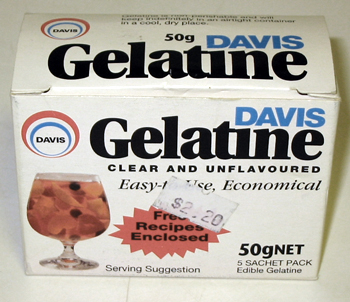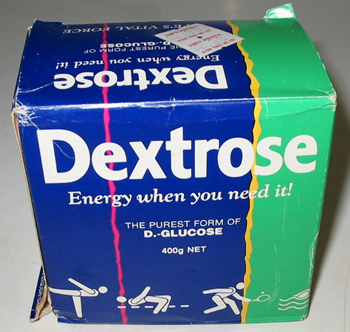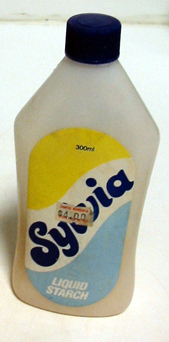Sequence viewing > Index - Alternative Photo Emulsions - Resource - ©
Lloyd Godman
Alternative
Photographic Processes - (Hand
made photographic -emulsions and processes)
Sizing
papers - General information
Different
processes may require specific sizing and the information below is only
a guide.
With
some processes and papers it is necessary to size the paper before the
application of the emulsion. This is because paper is made of a mass
of finely woven and interlaced fibres and is very absorbent. Without
size the emulsion can seep into the fibres of the paper and stain them
in a manner where the stain can not be washed out later. Sizing fills
the pores or gaps between the fibres keeping the image on the surface
and in some cases increases the sensitivity of the emulsion. While some
papers have a weak gelatin or hydros animal protein size incorporated
in the paper, this may not be enough to prevent the staining and further
sizing must be done before the paper can be coated with emulsion.
The
most common sizes are colloids, like starch, gelatin and arrowroot.
If you are unsure that the paper needs sizing, make a small test print.
If the sensitiser immediately soaks into the paper or if the processed
image is very faint or looks like it sank under the surface of the paper,
sizing is needed.
Sizes
Gelatin size:
7.5mls
Gelatin 500ml distilled water 2.5ml formaldehyde Mix the gelatin into
warm water to dissolve it. Use this within a short space of time as
it will granulate as it cools. It is best to mix fresh size as you need
it.

Glucose
size:
5ml
Glucose 500ml distilled water Mix the glucose into warm water to dissolve
it. Use this within a short space of time as it will granulate as it
cools. It is best to mix fresh size as you need it.

Starch
size:
5ml
of liquid starch 500ml water. Starch size keeps better and will not
crystallize as it cools. Sizing can be done by either painting on the
size solution, or floating it onto the paper in a tray. Different sizes
work with different paper and processes and some experimentation may
be necessary. For instances gelatin is considered the best for Gum Bichromate
printing.
Cornstarch
or arrowroot size:
Mix
1 teaspoon of cornstarch or arrowroot with a small amount of cold water
to evenly wet it, then add 1 cup boiling water. Spray starch may also
be used to size paper. In each case brush the size evenly on paper.
Let dry before coating the paper with the emulsion, make sure that the
emulsion is on the same side of the paper as where the size has been
applied.

Other
surfaces besides paper:
Cloth,
wood, birch bark, leather, some kinds of plastic, bisque ware ceramics,
and other porous, water-immersible materials may also be used.
Size
cloth with laundry starch or cornstarch, or spray sizing before coating
with sensitiser. Careful laundering of printed garments is recommended.
When
coating T-shirts or other clothing, put a sheet of plastic inside the
shirt so the sensitising solution does not soak through to the back.
Give
very porous objects, such as plaster, a coating of matte spray paint
or spray laundry sizing to keep the sensitising solution from soaking
in.
Give
shiny objects, such as metal or plastic a subbing layer, (thin, fine
layer of matte spray paint) to give the sensitising solution something
to hang on to. Clean these well before applying the subbing layer. Trichloroethylene
is very good.
Want to learn more? - do a workshop or one on one with Lloyd Godman
|